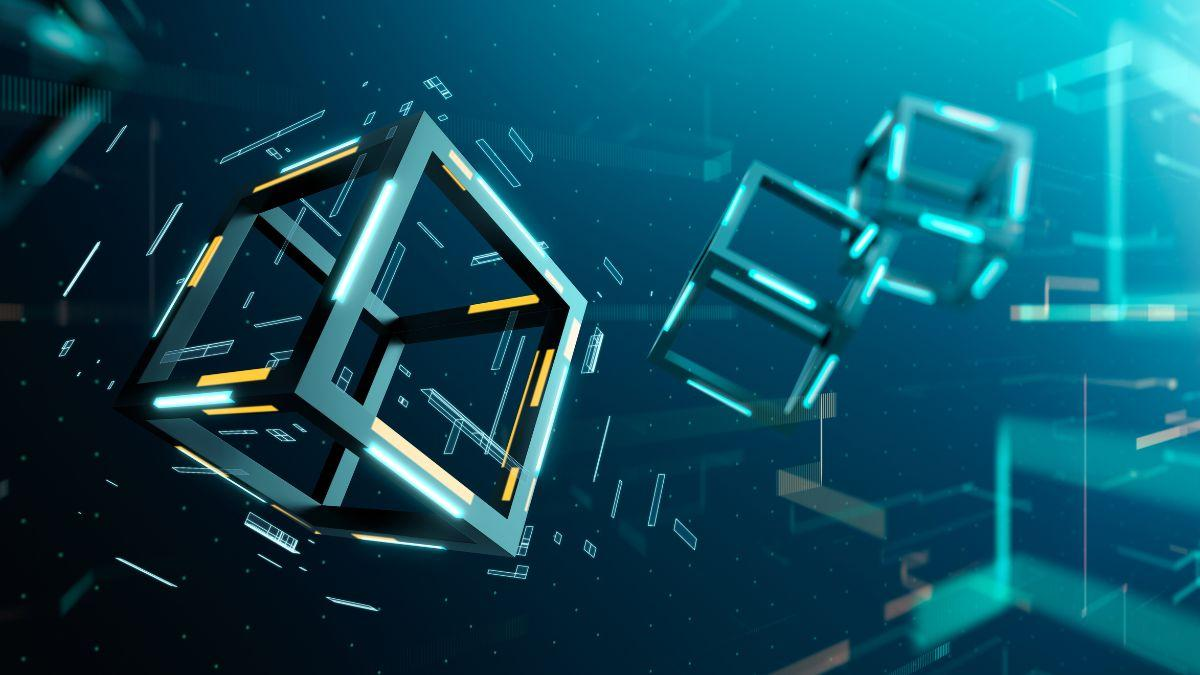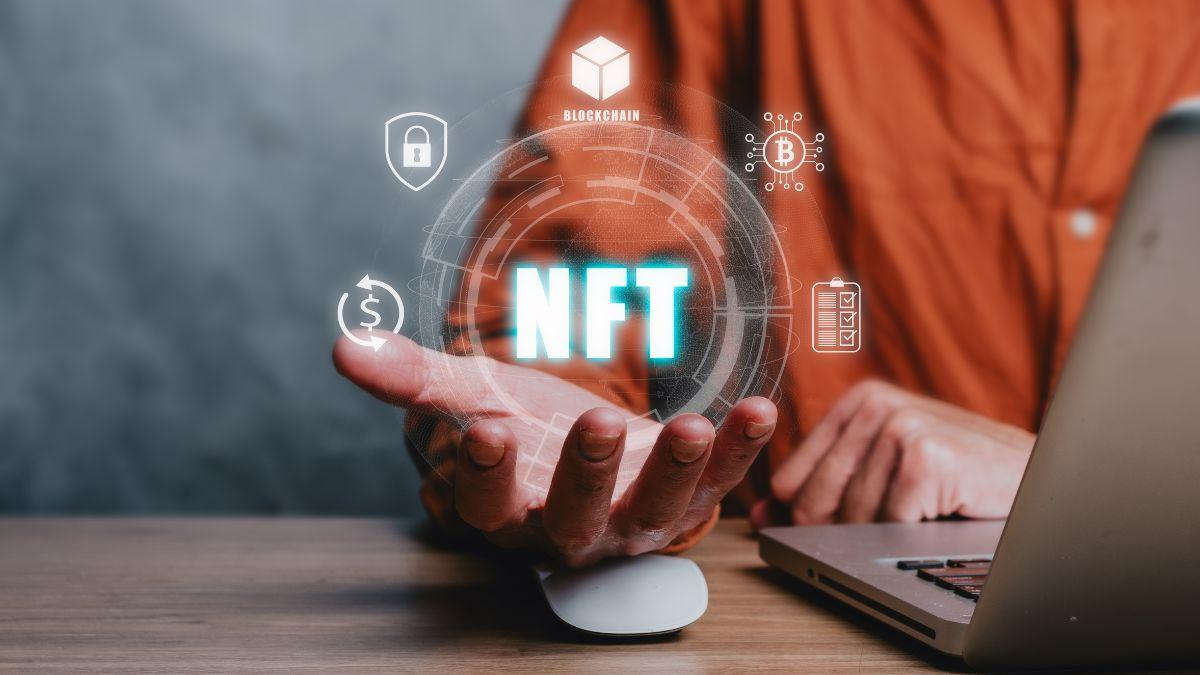The digital era has brought about a revolutionary shift in how we perceive ownership and property. NFTs, or non-fungible tokens, have taken the center stage in this transformation, enabling unique digital assets like artworks, collectibles, and even real estate to be tokenized on blockchain technology. However, for many, the concept of NFTs can seem complex and inaccessible. This is where innovative companies are stepping in to simplify access to digital property through user-friendly tools and continuous support. Let’s explore how one such company facilitates easy and secure integration of NFTs into various applications.
Understanding NFT Technology
At its core, an NFT is a unique digital token representing ownership of an asset. Unlike cryptocurrencies like Bitcoin or Ethereum, which are fungible and interchangeable, NFTs are distinct and cannot be exchanged on a one-to-one basis. This uniqueness makes them ideal for representing individual digital objects or pieces of digital art.
How NFTs Work
NFTs are built on a blockchain, often utilizing smart contracts to manage ownership and transfer. Blockchain acts as the decentralized ledger ensuring that each NFT remains unique and verifiable. Here’s a breakdown:
- Creation: NFTs are minted through smart contracts, embedding information about the asset and its ownership.
- Ownership: Each NFT carries metadata pointing to the actual digital item it represents, while the blockchain verifies the owner’s identity.
- Transferability: Owners can transfer NFTs to others securely via blockchain transactions.
The Role of API Tools in NFT Accessibility
This company’s primary mission is to make NFTs accessible and practical for a broad audience by offering robust API tools. These tools allow developers and businesses to integrate NFT functionality seamlessly into their platforms.
For more information on our offerings, visit our website.

Easy Creation of NFTs
Using the provided APIs, developers can easily create NFTs from any digital asset. Whether it’s digital art, music files, or virtual real estate, the process is streamlined to minimize complexity. Major steps include selecting the asset: Businesses choose the digital item they wish to tokenize. The asset’s metadata and owner information are fed into the API system. And the API handles minting the NFT, including generating the smart contract required for verification.
Simplified Selling of NFTs
Selling NFTs involves listing them on marketplaces where buyers can browse and purchase digital items secured by blockchain technology. The API tools facilitate seamless integration with popular NFT marketplaces.
Tokenizing Assets for Sale
Businesses can convert their digital assets into NFTs using the API, making them ready for sale on various platforms:
- Metadata enrichment: Ensure the asset has all necessary metadata to attract buyers (e.g., detailed descriptions, creator info).
- Market synchronization: Automate the process of listing NFTs across multiple marketplaces.
- Secure transactions: Leverage blockchain’s security features to handle payments and transfers.
Transferring NFTs Securely
One of the primary concerns about NFTs is ensuring secure transactions. The API tools come equipped with features to guarantee secure and transparent transfers between parties.
Verification and Authentication
The API ensures that each transaction is verified through the blockchain, maintaining transparency. Detailed records ensure every step of the transaction can be tracked. Both sender and receiver identities are verified to prevent fraud. And, once completed, transactions are permanently recorded on the blockchain.
Integrating NFTs Into Business Workflows
By transforming traditional digital assets into NFTs, businesses can unlock new revenue streams and enhance engagement. The adoption of these technologies offers several advantages:
Diversifying Revenue
Monetizing digital content: Convert existing digital products into exclusive NFTs that customers desire. Examples:
- Digital art collections: Artists can sell unique pieces as NFTs, garnering direct royalties.
- Gaming assets: Game developers can tokenize in-game items, enriching player experience while opening new trading opportunities.
- Exclusive media: Musicians and filmmakers can offer limited edition releases as NFTs.
Enhancing User Engagement
Providing unique digital ownership experiences increases user interaction and loyalty:
- Fan engagement: Offer fans exclusive ownership of rare memorabilia or special edition artworks.
- Interactive marketing: Create campaigns where users earn NFTs for participation, boosting brand recognition.
- Loyalty programs: Reward loyal customers with collectible NFTs as part of a loyalty scheme.
A committed Partnership for Success
The company goes beyond providing just technological solutions; it positions itself as a reliable partner, dedicated to helping clients succeed in the NFT space.
Continuous Support and Resources
Ensuring ongoing support is critical for long-term success. So teams offer regular technical assistance for smooth implementation. Meanwhile, access to tutorials, webinars, and documentation helps clients understand and maximize the use of their NFTs. Bespoke solutions are also available: Customized services cater to unique client requirements, enhancing project outcomes.
Comprehensive Analytics and Insights
The provided tools also incorporate powerful analytics capabilities like user behavior tracking to understand how users interact with NFTs, driving informed decision-making. Market trends analysis offers to gain insights into which types of NFTs perform well, allowing for strategic adjustments. And performance monitoring regularly assess the effectiveness of NFT integrations, optimizing for better results.

